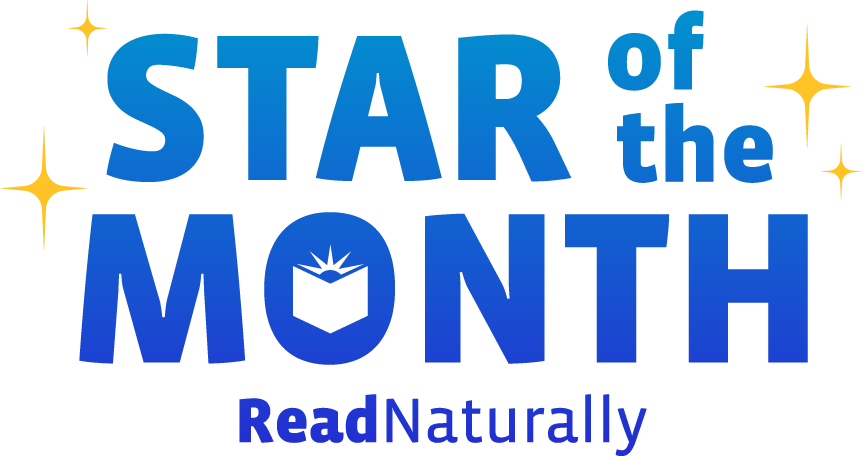Today, we are pleased to announce the release of Read Naturally Encore II. Encore II is a significant update to our popular fluency-building program, Read Naturally Encore. Encore uses the research-based Read Naturally Strategy to accelerate reading achievement using print materials and audio CDs. Encore II builds upon a solid, time-tested foundation to ensure the program will continue serving students for years to come.
Read more Today, we are pleased to announce the winners of the Read Live School of the Year award. Students in the winning schools substantially improved their reading skills using Read Live in the 2018-2019 school year.
Read more We’ve reached the time of year when many parents are filling up their summer calendars, making plans to keep their children’s minds and bodies busy. We at Read Naturally believe reading is the most important activity children should be engaged in this summer. Quiet time to read might not earn a spot on the family calendar, but it should be highly prioritized nonetheless.
Read more In order to continue improving in reading comprehension, students need to continually expand their vocabularies. As much as teachers might like to explicitly teach them all the words they need to learn, this just isn’t realistic. Students need to learn strategies for figuring out new words on their own.
Read more Summer will be here before we know it! While we all welcome summer, we do not welcome the Summer Slide. For this reason, many teachers have expressed interest in setting up students to continue working in Read Live at home over the summer.
Read more If you look at q p d and b, it’s no wonder emerging readers tend to confuse them. These letters have similar forms, and many students who are learning to read and write tend to reverse, rotate, or invert them. They are part of a group of letters known as visually confusing letters.
Read more When will your students finally learn to spell the word “finally”? Maybe when they learn to spell the word “maybe.” “Especially” is an especially hard word to spell, and let’s not even discuss how our friends at school spell the words “friends” and “school.” They’re probably all spelling “probably” and "too" wrong, too, and why does everybody seem to spell “everybody”—and “everything”—wrong?
Read more March is National Reading Awareness Month, and ReadAloud.org is asking families everywhere to commit to reading aloud with their children for at least 15 minutes each day for 21 straight days. The goal of this 21-Day Challenge is to make reading aloud a universal habit. Direct parents/guardians to sign up for the challenge anytime this month. Free downloads, including bookmarks, trackers, calendars, posters, certificates and more help make the challenge exciting for students and parents alike.
Read more The other day, my son asked me why blizzards are hazardous. The most interesting part of his question was the way he said the word hazardous. He pronounced it incorrectly, with a long a: HAYzardous. This told me he’d never heard the word spoken aloud before. However, when I probed him on the word’s meaning, he knew it exactly. How?
Read more We are pleased to report that the Closing the Gap organization recently featured Read Naturally on its Front Page Report, which highlights the products and developments that are influential in the area of assistive technology. Assistive technology is any product or tool that helps people with disabilities in the tasks they set out to accomplish. Closing the Gap is internationally renowned as the leader in assistive technology news, resources, and professional development.
Read more  Share your student’s success story—nominate him or her for our Star of the Month award. Win a Barnes & Noble gift card for the student and a Read Naturally gift certificate for your class!
Share your student’s success story—nominate him or her for our Star of the Month award. Win a Barnes & Noble gift card for the student and a Read Naturally gift certificate for your class!